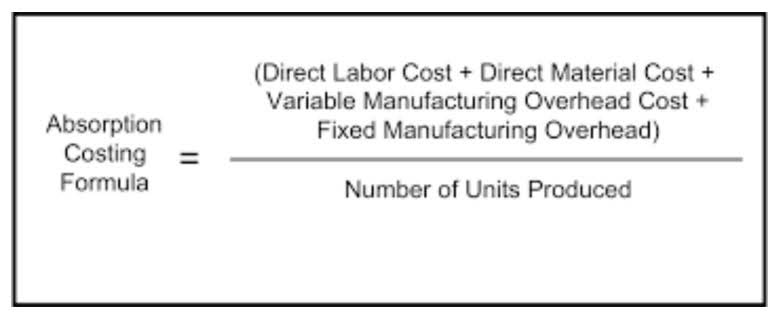Understanding the Accounting Equation: Assets and Liabilities Explained

These equations, entered in a business’s general ledger, will provide the material that eventually makes up the foundation of a business’s financial statements. retained earnings This includes expense reports, cash flow and salary and company investments. Non-profit organizations utilize the accounting equation to track their resources and assess financial health. They must ensure that funding from donations (equity) is effectively allocated among various programmatic assets while managing operational liabilities.

What is the Difference Between the Accounting Equation and the Working Capital Formula?
- The assets have been decreased by $696 but liabilities have decreased by $969 which must have caused the accounting equation to go out of balance.
- These resources are often classified based on their liquidity and the time frame in which they are expected to be converted into cash or consumed.
- As expected, the sum of liabilities and equity is equal to $9350, matching the total value of assets.
- Owner contributions, also known as capital contributions or investments, further enhance the equity section of the accounting equation.
- As market conditions keep fluctuating, asset value also changes, but these changes are not reflected in the financial statements when historical cost is used.
For example, publicly traded companies regularly report their financial status, showcasing how their assets and liabilities align with shareholders’ equity. This transparency not only satisfies regulatory obligations but also helps attract and reassure investors by reflecting a strong balance sheet reinforced by the adequate accounting equation framework. Moreover, insights from this equation can guide corporations in debt management to optimize their capital structure. Moreover, equity is not static; it fluctuates with the ebbs and flows of business performance.
Focus on Historical Cost
- Therefore, grappling with this equation provides a solid foundation for analyzing financial performance and understanding how different transactions impact an organization’s overall financial position.
- If a business buys raw materials and pays in cash, it will result in an increase in the company’s inventory (an asset) while reducing cash capital (another asset).
- This relationship is critical during financial distress, as it directly reflects how quickly a company can convert its assets into cash.
- Issuing new shares or receiving additional capital from owners increases equity, which enhances the company’s financial strength.
- Before explaining what this means and why the accounting equation should always balance, let’s review the meaning of the terms assets, liabilities, and owners’ equity.
A trade receivable (asset) will be recorded to represent Anushka’s right to receive $400 of cash from the customer in the future. As inventory (asset) has now been sold, it must be removed from the accounting records and a cost of sales (expense) figure recorded. The cost of this sale will be the cost of the 10 units of inventory sold which is $250 (10 units x $25).

Assets
- Notice that each transaction changes the dollar value of at least one of the basic elements of equation (i.e., assets, liabilities and owner’s equity) but the equation as a whole does not lose its balance.
- Some assets are tangible like cash while others are theoretical or intangible like goodwill or copyrights.
- Although the cash has been reduced, the overall assets remain the same because it has been exchanged for equipment.
- For both accounting professionals seeking to refine their expertise and business owners aiming to bolster their financial acumen, mastery of this equation is indispensable.
- They were acquired by borrowing money from lenders, receiving cash from owners and shareholders or offering goods or services.
- For example, if a company acquires a new asset by taking out a loan, its liabilities increase by the same amount as its assets.
This forward-looking application helps management align decisions with growth opportunities, which is necessary to sustain in the long run. When it increases, there must be a corresponding increase in either liabilities or equity to maintain the balance. However, a reduction in assets reduces both the asset and liability or equity side to keep the equation balanced. Like any mathematical equation, the accounting equation can be rearranged and expressed in terms of liabilities or owner’s equity instead of assets.
What Are the Three Elements in the Accounting Equation Formula?

The accounting equation may be expressed as a tool for assessing risk; companies with high liabilities relative to their assets may face greater financial pressures during downturns. All assets owned by a business are acquired with the funds supplied either by creditors or by owner(s). In other words, we can say that the value of assets in a business is always equal to the sum of the value of liabilities and owner’s equity. The total dollar amounts of two sides of accounting equation are always equal because they represent two different views of the same thing. The accounting equation forms the basic premise of all financial reporting in an organization. It implies that a company’s assets must be paid for either by borrowing or from its own funds.
For instance, an internally developed intangible asset that is necessary for companies in technology, media, and other innovative sectors is not typically recorded. the accounting equation is usually expressed as As a result, this presents an incomplete picture of a company’s true market value. If an accounting equation does not balance, it means that the accounting transactions are not properly recorded.
Effects of Transactions on Accounting Equation
This balance of assets, liabilities, and equity in the accounting equation emphasizes the principle that all resources must be accounted for, ensuring that a company’s financials remain in equilibrium. Any increase or decrease in assets must correspond with an equal bookkeeping and payroll services change in either liabilities or equity. For example, if a company acquires a new asset by taking out a loan, its liabilities increase by the same amount as its assets. Therefore, grappling with this equation provides a solid foundation for analyzing financial performance and understanding how different transactions impact an organization’s overall financial position.
